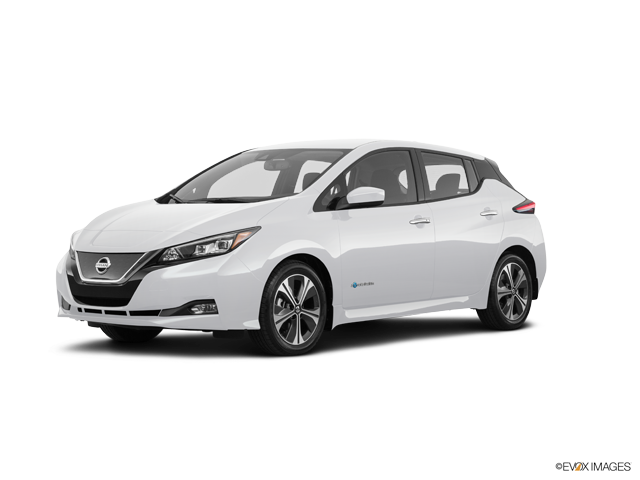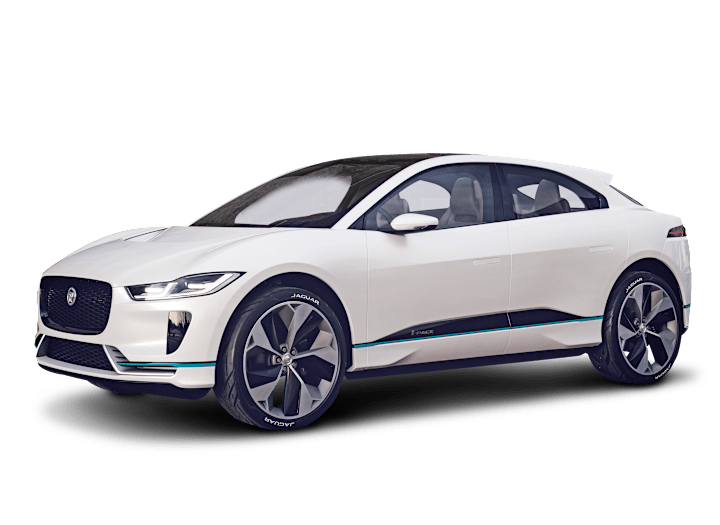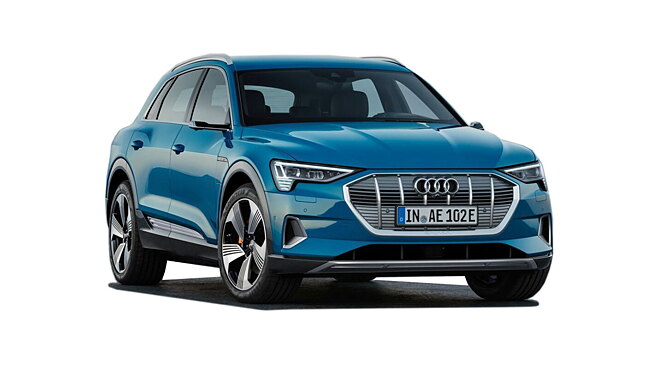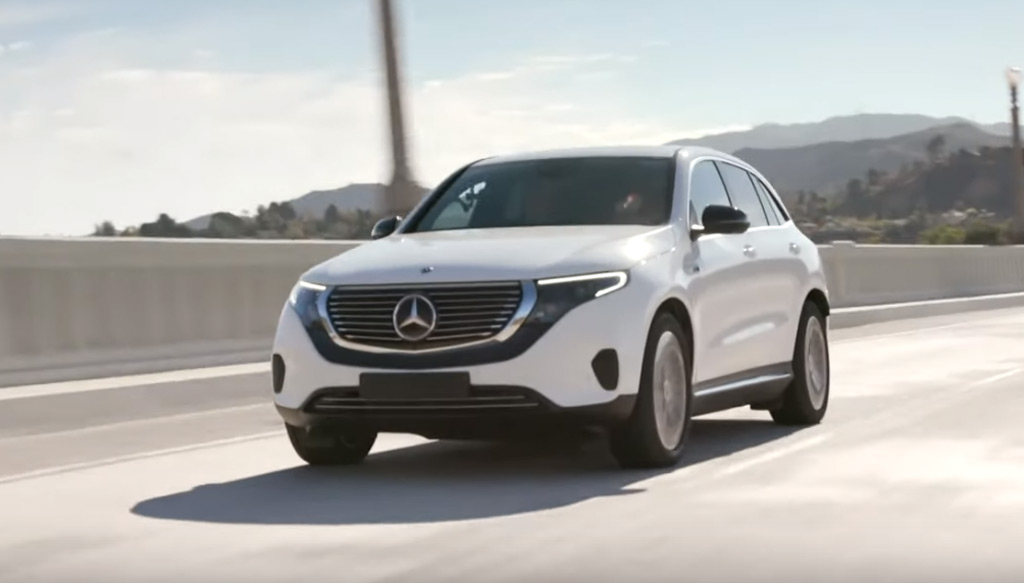I started this thread in 2015 to talk about how the auto industry is reacting to Tesla - Tesla's mission, after all, is to change the whole industry because Tesla can't build enough EVs by themselves.
As has been repeatedly noted, progress is very slow, which I find frustrating. However, given the business environment that the automakers and dealers are in (described above), it's not really surprising. We don't have to assume a conspiracy; risk aversion and self-interest are enough to make the transition to EVs a slow one.
There have, however, been some positive developments. And I believe the developments can indeed be traced to Tesla's influence. Even some of the competition's executives occasionally point out that Tesla is indeed moving the needle.
A SECOND VOLUME CAR APPEARS
One development (not terribly new, but at least newer than the thread) is that Tesla is no longer the only automaker following the "Volume" strategy with an EV. As I suspected earlier, the 2nd-gen Nissan Leaf also appears to be a volume car.

The first-gen LEAF primarily followed the conquest strategy; and in fact Nissan bragged to its dealers about how well the strategy worked to bring new buyers to the brand. However, they sold a ton of them, and in fact I have heard through a back-channel that Nissan actually considers themselves to have directly made money on the first-gen car. Of course, part of that depends on how much of its development cost they attribute solely to the gen-1 LEAF, and how much they apportion to other cars. Despite the large number of cars they sold, I still find it a little hard to believe it succeeded at volume, largely because of how much they seemed to subsidize leases to move cars with very low lease rates. The resale value certainly didn't seem to coincide with lease costs.
But in any event, Nissan for a long time spoke of the need for the second-gen to be a Volume car, and in fact said that better looks, longer range and more accessible DC charging were the key components they needed to get there - I agree with that assessment. The 2nd-gen LEAF is still not a beautiful car, but it does look like a typical volume Nissan, and they seem to be pushing it as a volume car. I see this as a very positive development, and I believe Tesla's success helped push Nissan to this point. (Although as I noted before, Tesla may also have inadvertently slowed Nissan down with the Model S, which made Nissan cancel their ~2012 plans for a versioned Infiniti with the gen-1 LEAF powertrain).
The sad part to this news is that 2nd-gen LEAF sales, while OK, are not great. But I think that's more about implementation and competition than strategy. I think Nissan was really trying for a volume car, but the competition (not just the Model 3, although that is big - also consider the Bolt and Kona/Niro) has really advanced, and Nissan is still partly held back by heat degradation of their original batteries.
THE RISE OF THE CANNIBALIZING CONQUEST (/DEFENSE) CAR
Unfortunately, the second-gen LEAF is still the only other EV I see following the volume strategy in the US. But there is other good news. Conquest cars, while not high volume, can be good mid-volume cars. But earlier in the thread we bemoaned the fact that the conquest cars were all of the "non-cannibalizing" (read: intentionally unattractive) variety to avoid cannibalizing sales of higher-margin ICE vehicles; this of course keeps sales on the lower end. But this is no longer true!
Jaguar iPace:

Jaguar, Audi, Porsche and Mercedes, at least, are all bringing out conquest vehicles that don't appear to be purposely handicapped to avoid cannibalization. Why are they now willing to cannibalize their own sales, when they weren't before? Because Tesla was doing the cannibalizing for them! Essentially, the other automakers are now combining the Conquest strategy with the Defensive strategy, to try to keep their customers from switching over to Tesla. A "defense" car doesn't have to be as good as the conquest car it is defending against (I believe Tesla is internally following the Volume strategy, but in terms of their effect on other automakers, it is very much like a bombshell Conquest car), but the other automakers already don't have the range, performance, overall utility, or charging network that Tesla has, so they can't afford any intentional handicaps like appearance. They have to switch some of their ICE sales to EV sales in order to keep their market share.
Unfortunately none of these new cars are volume cars; if for no other reason, the automakers don't have access to enough batteries to make them so. But their messaging appears more serious about getting people to consider the cars, so we are well beyond "Compliance" level work here. And while they are all expensive, they fit in fairly well to the portfolios of these premium manufacturers and do not appear to be handicapped in terms of utility, comfort and visibility, so I don't think they fit the "Halo" strategy either.
Audi e-Tron:

Porsche Taycan:

Mercedes EQC:

No single one of these cars will sell in enough quantity to make a difference to the industry by itself. However, as a group they can move the needle on EV volume; more importantly, I think they portend more changes to come. If they sell all they build (most likely battery-limited) it may help convince the automakers and dealers to try a real volume car next. Not to mention...a bunch of high-end EVs will help spark consumer interest in EVs in general. Good news all around.
I believe Leaf/Renault Zoe sales outside the US are fairly strong, but in the US the Leaf is still a low seller. So far this year Nissan has sold fewer Leafs than Chevy has sold Bolts (only 9111 Leafs to date). That's the 5th best selling EV behind the entire Tesla line up and the Bolt.
Though overall I agree with what you're saying. Most of the new EVs coming to market are the first toes in the water with EVs that aren't EV ghetto cars. The EV ghetto were the cars produced by mainstream car makers to get regulators off their backs. They were compromised designs that often looked like a clown car. The mainstream are beginning to take Tesla seriously and trying to make cars that can take on Tesla in quality and looks, though they are still way behind in range.
The volumes of these new cars are low because battery stocks are limited and the companies still need to learn how to make and market EVs. The Europeans are getting serious about this because they have both pressure from their governments as well as pressure from Tesla. The US automakers are complacent because the government is not putting pressure on them and their best selling vehicles still aren't challenged by Tesla.



